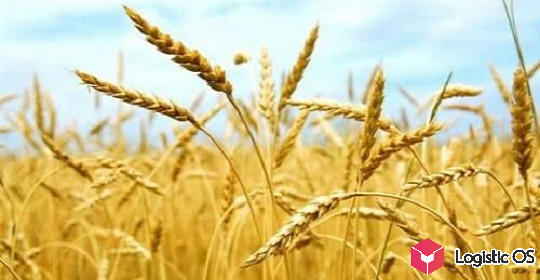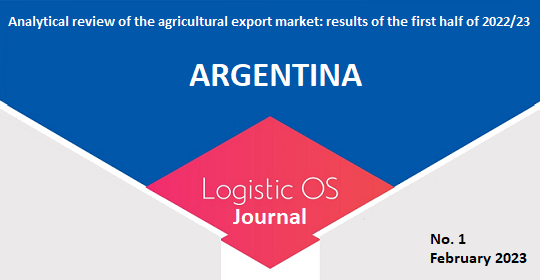From May 16 to 21, the eighth Sino-Russian exhibition is being held in China, within the framework of which many issues of bilateral cooperation are discussed.
One of the important issues of such discussions was food security.
According to experts, China is currently the world’s main buyer of soybeans; last year it purchased almost 100 million tons of soybeans.
At the same time, Russia could in the future become a serious supplier in this market.
So far, China mainly buys soybeans from Brazil and the United States, and the share of the former is growing and is already about 70%, but the share of American soybeans in the Chinese market has decreased to 24%.
As we see, other countries, including Russia, have a very small share left here.
China has many arguments for switching to Russian soybeans.
Firstly, it is diversification of supplies so as not to depend so much on 1-2 suppliers.
Secondly, the geographical proximity of Russia, as well as the fact that the Russian Federation mainly grows soybeans in the Far Eastern region, makes it possible to shorten and simplify delivery routes as much as possible, and therefore reduce logistics costs.
The political factor cannot be ruled out: Russia and Brazil are members of BRICS, as is China itself.
The great advantage of the Russian Federation is that it supplies non-genetically modified products, which China still maintains a wary attitude towards.
The exhibition in Harbin emphasized that Russia has enormous potential in the field of soybean cultivation, and for the most part it has not yet been tapped. The Russian Federation has gigantic territories in Siberia and the Far East where soybeans could be grown, and the climate there is as close as possible to the one found in the PRC.
Russian and Chinese experts note that Russian soybean exports are one of the most pressing areas of cooperation between countries, along with such areas as finance, infrastructure, and energy.
In connection with all this, there is reason to believe that in the near future the export of agricultural products from Russia to China will increase significantly. And this applies not only to soybeans, but also to products such as rice, corn, and wheat, experts say.
One more fact can be cited to confirm this: Russia has been actively investing in the Far East and its development in recent years.
At the same time, exporting agricultural products to China is one of the most accessible opportunities for the region to receive additional money for its development.
Therefore, we can expect that soybean exports to China will only increase in the coming years.

